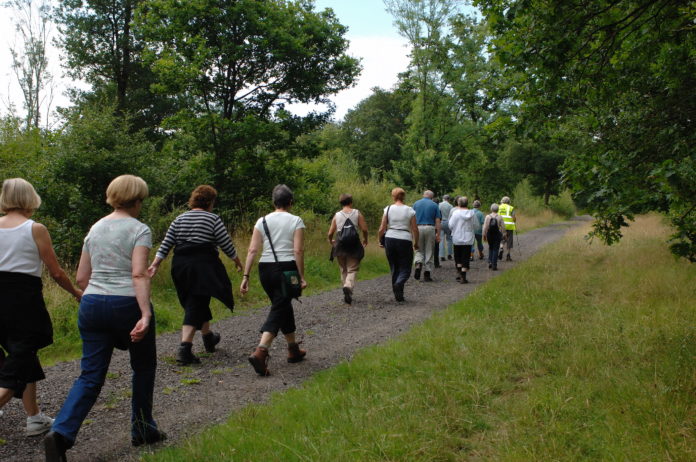
Light intensity physical activity is associated with larger brain volume and healthy brain aging
New research suggests that engaging in regular physical activity may prevent cognitive decline and dementia. Active individuals have lower metabolic and vascular risk factors and these risk factors may explain their propensity for healthy brain aging. The study examined the specific activity levels optimal for prevention of dementia.
The new 2018 Physical Activity-Guidelines for Americans suggest that some physical activity is better than none, but achieving greater than 150 minutes of moderate-to-vigorous (MV) physical activity per week is recommended for substantial health benefits.
Every additional hour of light intensity physical activity was associated with higher brain volumes, even among individuals not meeting current Physical Activity-Guidelines
Using data from the Framingham Heart Study, the researchers found that for each additional hour spent in light-intensity physical activity was equivalent to approximately 1.1 years less brain aging.
These results suggest that the threshold of the favorable association for physical activity with brain aging may be at a lower, more achievable level of intensity or volume.
“Every additional hour of light intensity physical activity was associated with higher brain volumes, even among individuals not meeting current Physical Activity-Guidelines. These data are consistent with the notion that potential benefits of physical activity on brain aging may accrue at a lower, more achievable level of intensity or volume,” explained Nicole Spartano, PhD, research assistant professor of medicine at Boston University School of Medicine (BUSM).
“We have really only just begun to uncover the relationship between physical activity and brain health.” Spartano emphasizes the need to explore the impact of physical inactivity on brain aging in different race, ethnic, and socio-economic groups.
These finding appeared online in JAMA Network Open.












